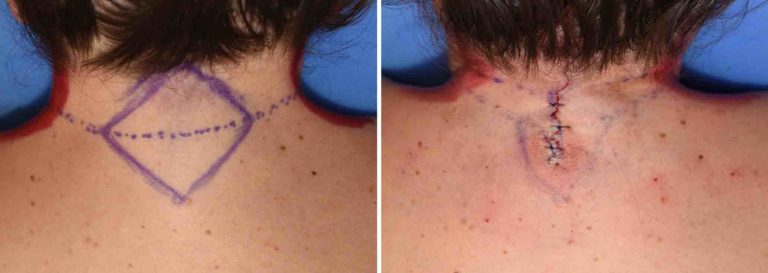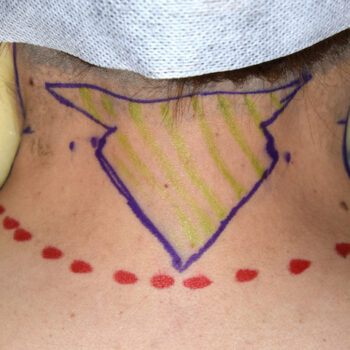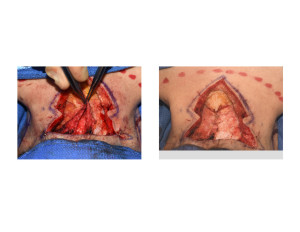

valgus deformity of the elbow: increased carrying angle ( cubitus valgus).decreased carpal angle: Madelung deformity.narrowing scapholunate angle: positive carpal sign.short 4 th metacarpal: positive metacarpal sign.Postpartum-to-adulthood features Musculoskeletal features related to complicating hydrops fetalis.cystic hygroma: may appear septated one of the most typical features of Turner syndrome.Radiographic features Antenatal ultrasound development of hydrops fetalis: usually from fluid overload secondary to lymphatic failure.serum alpha-fetoprotein (AFP): decreased.Unlike the common trisomies, there is no association with maternal age. mosaicism (XO and another sex karyotype): ~30%.

partial monosomy (structurally-altered X chromosome): ~15%.even though it is relatively common, almost all 45 XO fetuses will spontaneously abort, with 70% lost between 16 weeks and term.However, the classic genetic change is not present in all cases. Turner syndrome is classically characterized by the absence of one X chromosome copy (45 XO), with the missing chromosome most frequently (two-thirds) being the paternal one. In adults, it is one of the most important causes of primary amenorrhea and accounts for approximately one-third of such cases. gonadal dysgenesis / ovarian dysgenesis.hypothyroidism: due to the formation of thyroid antibodies (most commonly Hashimoto thyroiditis).Here you will find options to view and activate subscriptions, manage institutional settings and access options, access usage statistics, and more.The incidence is estimated at 1:2000-5000 of live births, although the in utero rate is much higher (1-2% of conceptions) due to a significant proportion of fetuses with 45X aborting by the 2 nd trimester. If you believe you should have access to that content, please contact your librarian.įor librarians and administrators, your personal account also provides access to institutional account management. The institutional subscription may not cover the content that you are trying to access.

Oxford Academic is home to a wide variety of products.

If you cannot sign in, please contact your librarian. If your institution is not listed or you cannot sign in to your institution’s website, please contact your librarian or administrator.Įnter your library card number to sign in. Following successful sign in, you will be returned to Oxford Academic.When on the institution site, please use the credentials provided by your institution.Select your institution from the list provided, which will take you to your institution's website to sign in.Click Sign in through your institution.Shibboleth / Open Athens technology is used to provide single sign-on between your institution’s website and Oxford Academic. This authentication occurs automatically, and it is not possible to sign out of an IP authenticated account.Ĭhoose this option to get remote access when outside your institution. Typically, access is provided across an institutional network to a range of IP addresses. If you are a member of an institution with an active account, you may be able to access content in one of the following ways: Get help with access Institutional accessĪccess to content on Oxford Academic is often provided through institutional subscriptions and purchases.


 0 kommentar(er)
0 kommentar(er)
